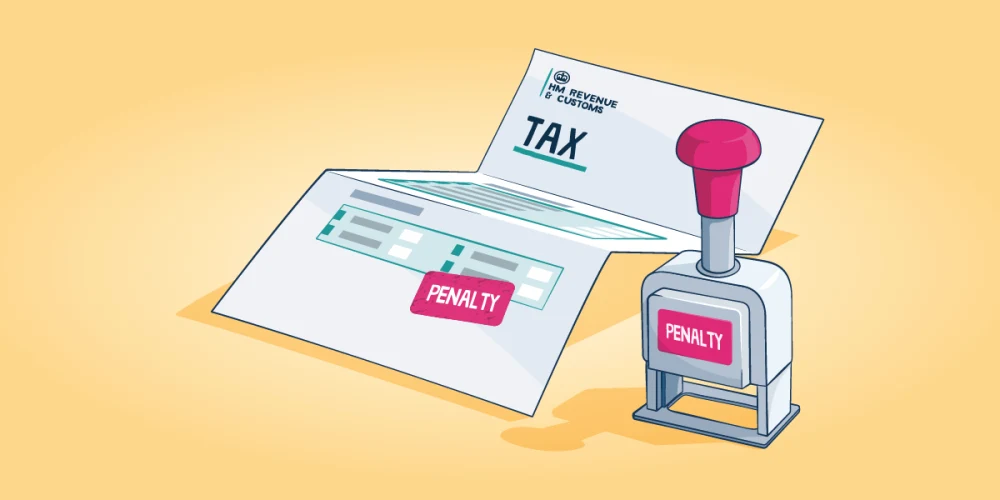What is tax digitalization?
Tax compliance digitalization is the integration of technology including software and digital tools, to automate and streamline tasks related to managing and complying with tax regulations. This includes activities such as preparing and filing taxes, tracking compliance, and analysing and managing tax data. The purpose of digitalizing tax compliance is to make the process more efficient, accurate, and cost-effective, while also ensuring compliance with tax laws and regulations.
Tax compliance digitalization allows businesses to automate tasks such as data entry, calculations, and filing which can lead to less errors and increased efficiency. Additionally, it enables real-time monitoring of tax compliance and tracking of tax payments and deadlines. It also simplifies the process of accessing, analysing, and reporting on tax data, which is useful for tax planning, budgeting and forecasting.
Why tax compliance digitalization is important
Tax compliance digitalization offers several advantages such as:
- Increased efficiency and accuracy: Automating tasks such as data entry, calculations, and filing can help reduce errors and improve efficiency, saving businesses time and money while ensuring taxes are filed correctly and on time.
- Improved compliance: Real-time monitoring of tax compliance allows businesses to stay up-to-date with changing laws and regulations, helping them avoid penalties and fines from non-compliance.
- More streamlined data management and analysis: Tax compliance digitalization simplifies the process of accessing, analysing and reporting on tax data, which is useful for tax planning, budgeting, and forecasting.
- Cost savings: Automating tax compliance tasks can reduce labor costs, and improve compliance and data management can help to avoid penalties and fines.
- Competitive edge: In today’s business landscape, technology is crucial to staying competitive, and tax compliance digitalization can give businesses an edge over their competitors.
- Remote working: With the ongoing pandemic, many businesses have shifted to remote working, tax compliance digitalization can help businesses to work remotely and still maintain compliance with tax laws and regulations.
Tax digitalization is a reality and you can read more in our Blog: 7 signs of tax management digitalization in South Africa.

Key components of tax compliance digitalization
Tax compliance digitalization encompasses a wide range of activities, including preparing and filing taxes, tracking compliance, and managing tax data. The key elements of tax compliance digitalization include:
- Tax compliance software: Software that automates tasks such as data entry, calculations, and filing, and helps businesses stay compliant with tax laws and regulations. It also provides real-time monitoring of tax compliance to keep businesses up-to-date with changing laws and regulations. See our comparison on the Top 5 tax compliance software in South Africa.
- eFiling and electronic signatures: Tools that allow businesses to file taxes and sign documents electronically, saving time and improving efficiency. E-filing also reduces paper usage and mailing costs.
- Automated workflows and data integration: Automation of repetitive tasks and integration of tax management systems with other business systems such as accounting, ERP, and CRM, improve data management and analysis.
- Cloud-based solutions: Software that can be accessed from anywhere, at any time, and on any device, and provides access to the latest features and updates without the need for expensive hardware or software installations.

Potential challenges when implementing tax compliance digitalization
When implementing tax compliance digitalization, businesses may encounter several obstacles, such as:
- Data quality and integration: Ensuring that the data used for the process is accurate, complete and in compliance with regulations, and integrating data from multiple sources can be a challenge.
- Security and privacy: Tax compliance digitalization involves handling sensitive financial and personal data, which poses security and privacy risks. Businesses must ensure that their tax management systems are secure and comply with relevant data protection and privacy regulations.
- Change management: Implementing tax compliance digitalization requires changes to existing processes and systems, which can be difficult for employees to accept. Businesses must plan and communicate the changes effectively to ensure a smooth transition.
- Costs and resources: Implementing tax compliance digitalization can be costly and requires significant resources, such as time, money and personnel. Businesses must carefully consider the costs and resources required before implementing a tax compliance digitalization solution.
- Customisation: Some tax compliance digitalization solutions may not be customized to the specific needs of a business. Businesses must ensure that the solution they choose can be tailored to meet their unique requirements.
- Training: Businesses must ensure that their employees are trained on how to use the new tax compliance digitalization solution. Without proper training, employees may not be able to use the system effectively, which can lead to errors and inefficiencies.

Factors to consider when choosing a tax compliance digitalization solution
When considering a tax compliance digitalization solution, functionality, integration, security, scalability, cost, ease of use, technical support and customisation should be taken into account.
- Functionality: The solution should be able to perform tasks such as data entry, calculations, and filing, and provide real-time monitoring of tax compliance and the ability to track tax payments and deadlines.
- Integration: The solution should be able to integrate with other business systems such as accounting, ERP and CRM to improve data management and analysis.
- Security and compliance: The solution should have robust security features to protect sensitive financial and personal data and comply with relevant data protection and privacy regulations.
- Scalability: The solution should be able to accommodate the business’s current and future needs in terms of number of users and volume of data.
- Cost: The solution should be cost-effective and provide a good return on investment.
- Ease of use: The solution should be easy to use with a user-friendly interface and minimal training required.
- Technical support: The vendor should provide adequate technical support and be able to quickly resolve any issues that arise.
- Customisation: The solution should be able to be tailored to the specific needs of a business.
Conclusion
In conclusion, tax compliance digitalization is the use of technology and digital tools to automate and streamline the tax management process, improve compliance and provide better insights into tax data. Need help with your tax compliance digitalization? Try Konsise Tax Software!
To find out more about how Konsise Tax Compliance Software can help you, contact belindal@konsise.com.



